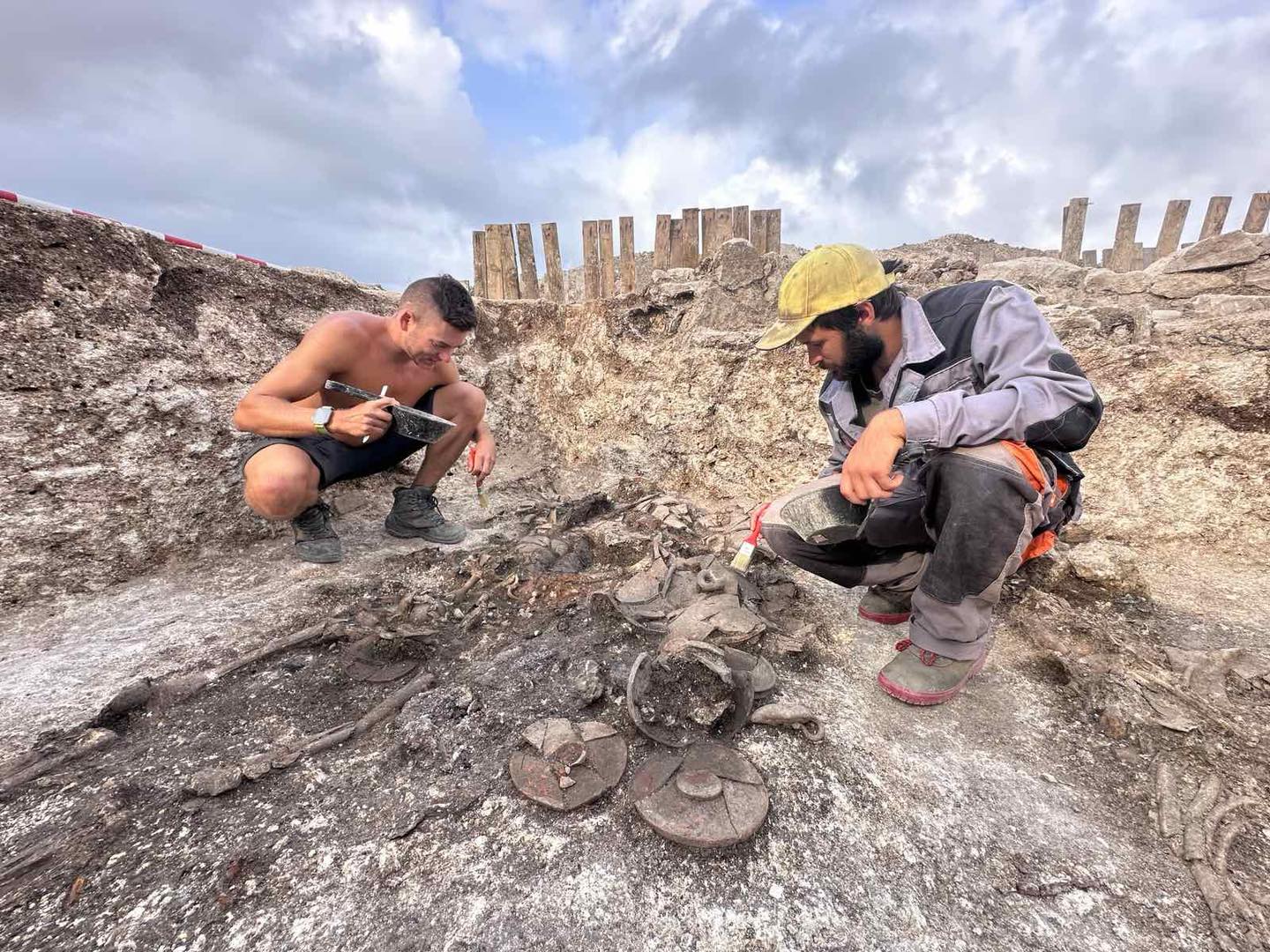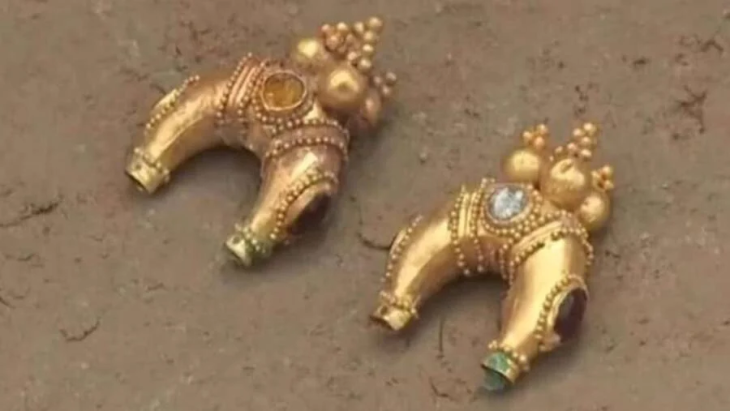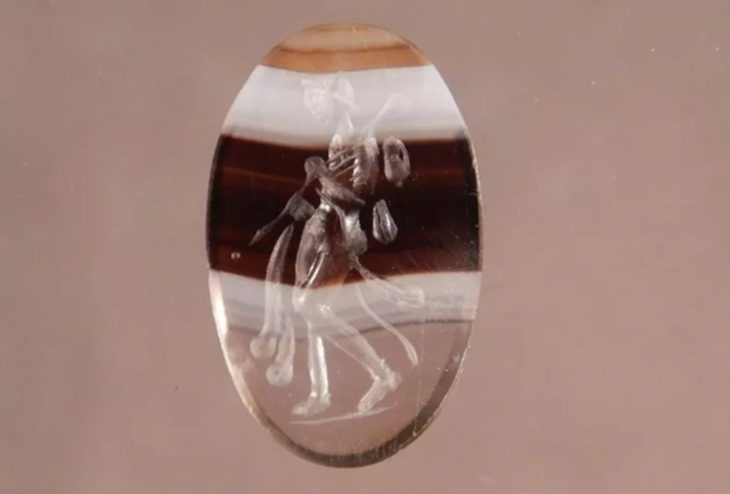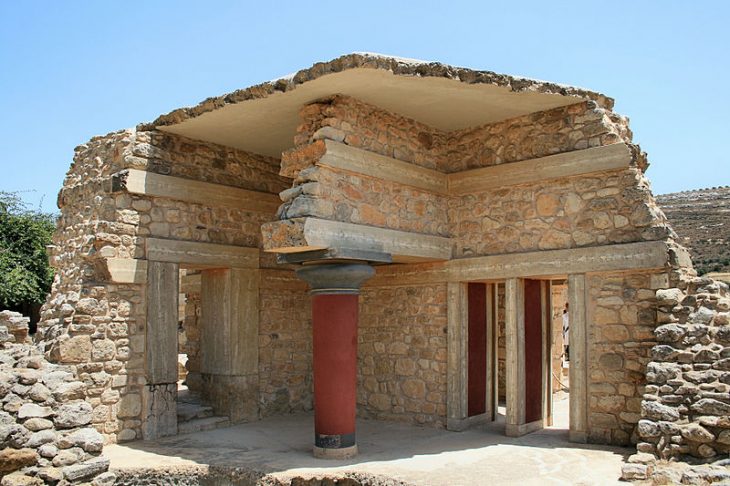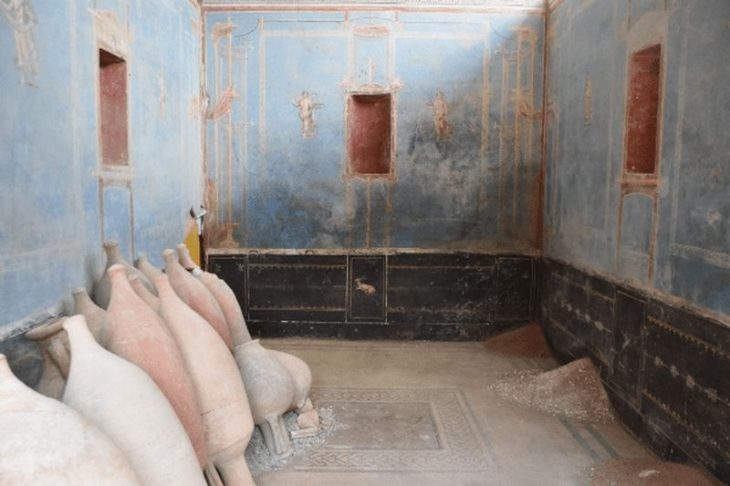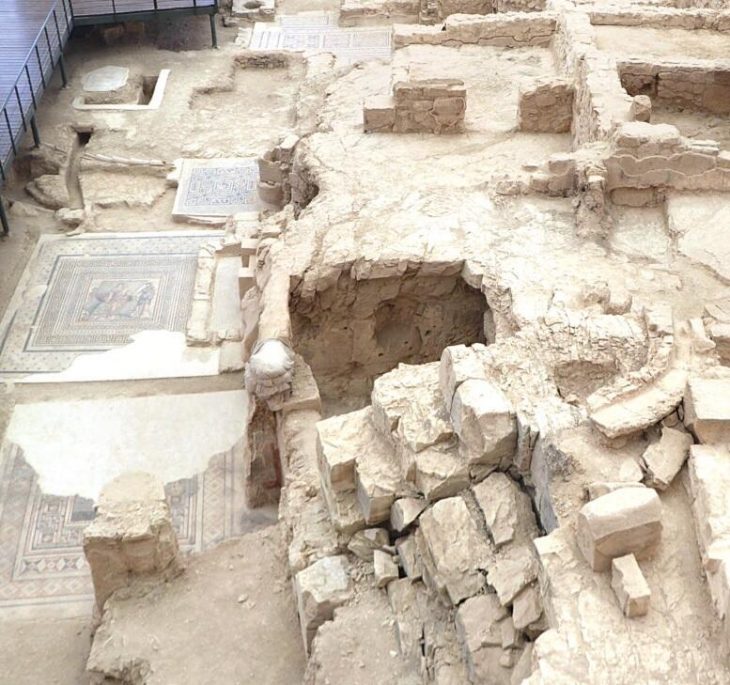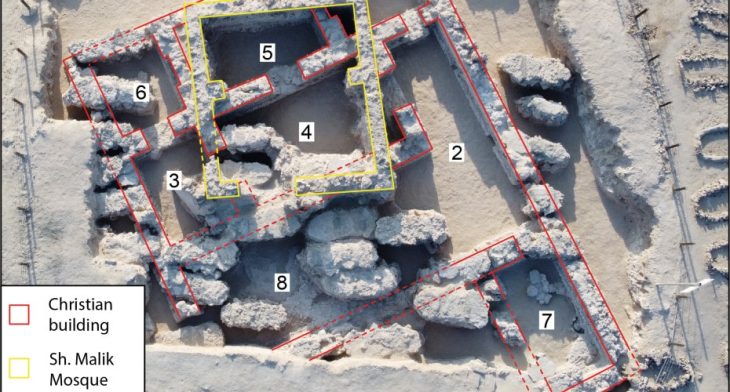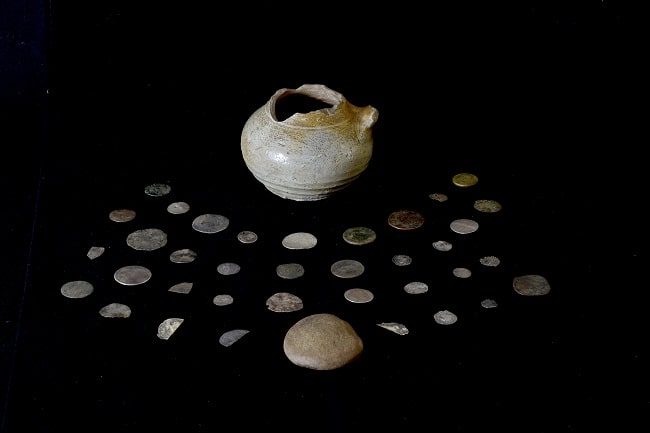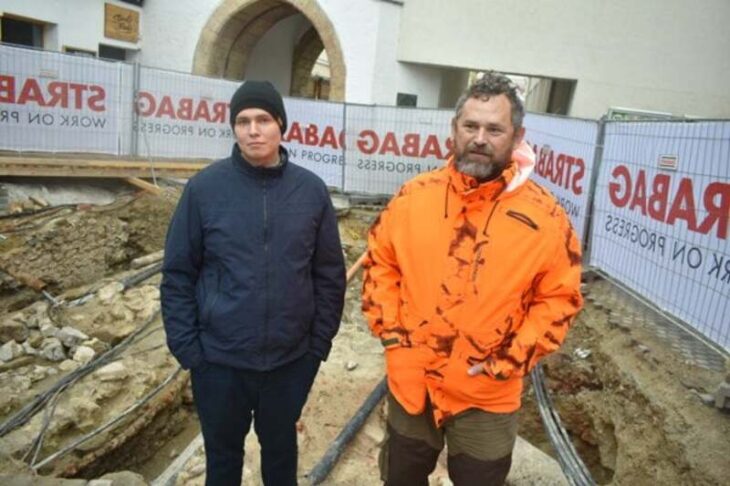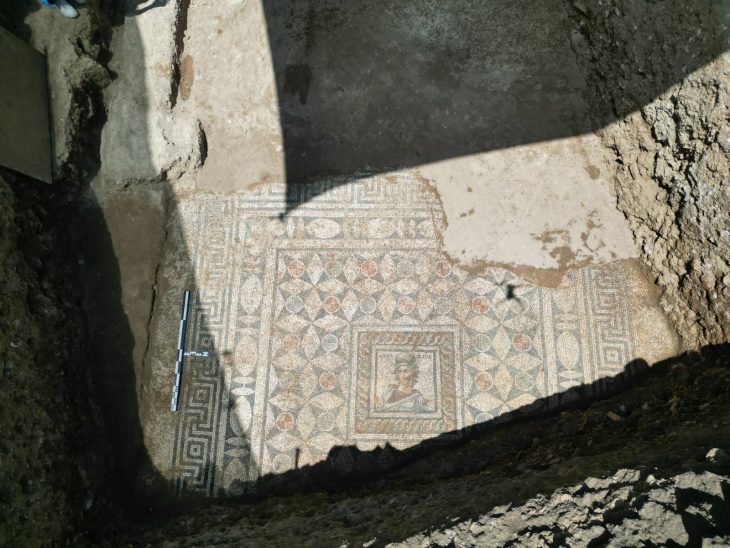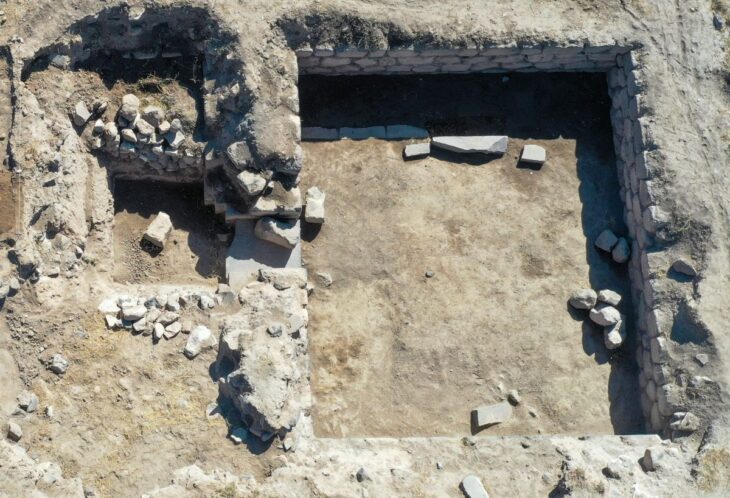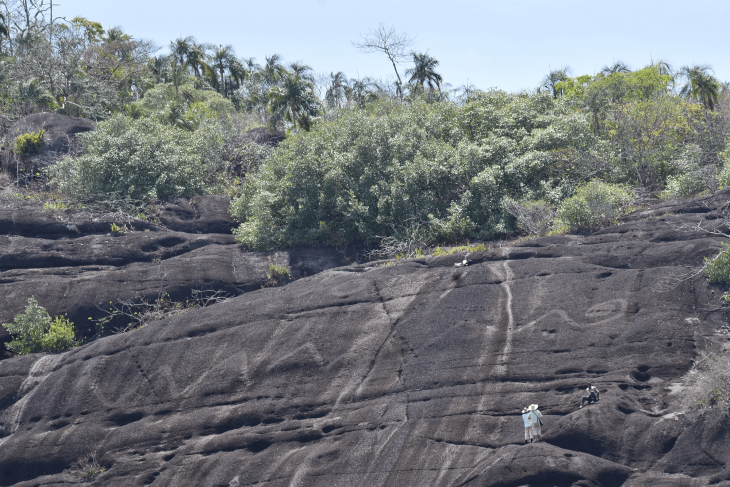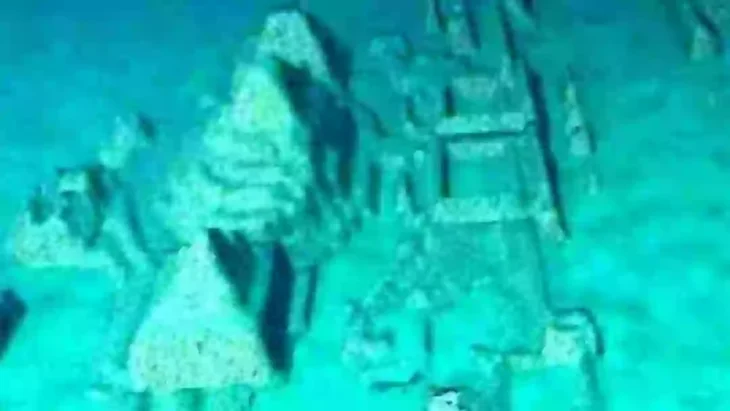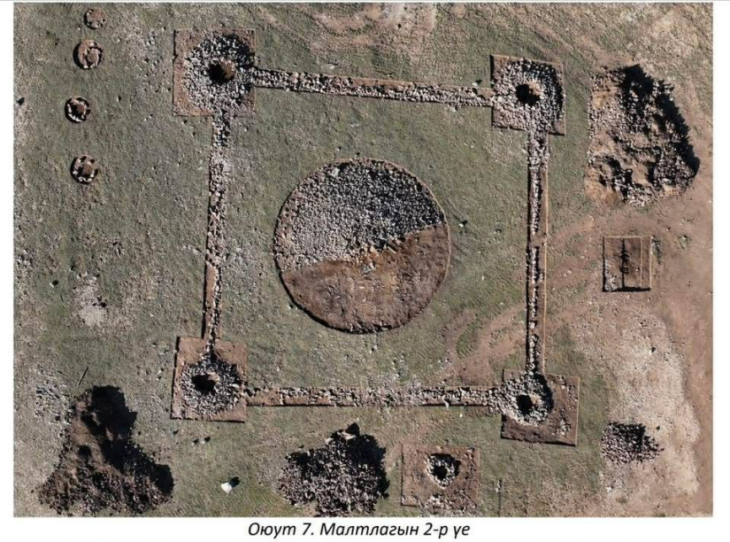Archaeologists Uncover Richly Furnished Grave of Thracian Warrior with Horse, Weapons, and Gold-Gilded Ornaments in Southern Bulgaria
A new archaeological discovery in southern Bulgaria has unveiled a richly adorned grave of a Thracian aristocratic warrior, shedding fresh light on ancient burial practices in the region during the Hellenistic period.
During rescue excavations near the village of Kapitan Petko Voivoda in the Haskovo region, archaeologists from the Bulgarian Academy of Sciences (BAS) uncovered an untouched grave pit measuring 3 by 3 meters and one meter deep. The site lies along the route of a cable connection between the town of Topolovgrad and a nearby solar park. The discovery was announced by Topolovgrad Municipality.
Led by archaeologists Vladimir Staykov and Deyan Dichev, with expert consultation from renowned Thracian researcher Dr. Daniela Agre, the excavation team believes the grave belonged to a high-ranking Thracian warrior from the late 2nd century BC. The warrior was buried with ceremonial gifts, parts of his weaponry, and a wreath placed upon his head — a symbol of honor and elite status in ancient Thracian and Hellenistic culture.
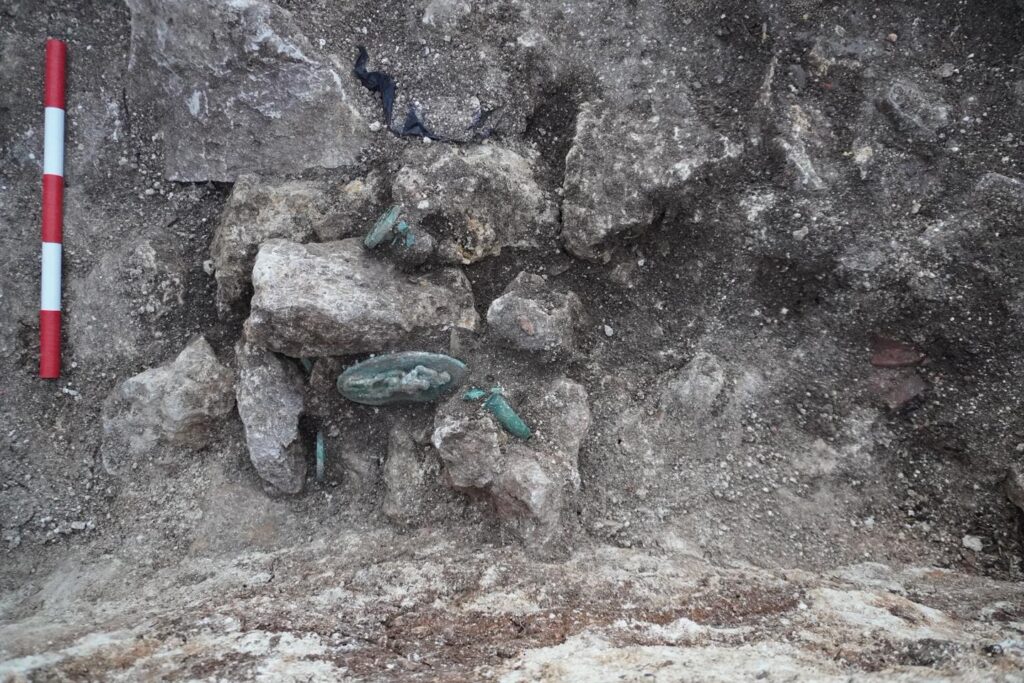
Perhaps the most striking aspect of the burial was the presence of the warrior’s riding horse, placed on the left side of the body. Above the horse’s head, archaeologists discovered bronze and gilded harness decorations featuring high-relief depictions of mythological figures. One artifact showcases a scene from the Labors of Heracles (Hercules), crafted with exceptional artistry that speaks to the advanced metallurgical skills of the era.
📣 Our WhatsApp channel is now LIVE! Stay up-to-date with the latest news and updates, just click here to follow us on WhatsApp and never miss a thing!!
The team has linked this recent grave to another opulent burial found just 60 meters to the north in 2024, beneath a small burial mound. That site, also excavated by Dr. Agre’s team, revealed a Thracian noble associated with Roman military forces and included rare gold jewelry. Together, these discoveries suggest the area was a significant burial site for elite Thracian warriors during the Late Hellenistic period.
“This is the second consecutive year that the land around Kapitan Petko Voivoda has revealed extraordinary archaeological treasures,” the researchers stated. “The ongoing excavations are not only enriching our understanding of Thracian culture but also raising new questions about the intersection of local traditions and Roman influence.”
The findings are currently being prepared for conservation and public display. Artifacts from the 2024 discovery have already been restored and placed in a specially built vault at the Historical Museum in Topolovgrad. It is expected that the newly uncovered artifacts from 2025 will join the collection, further enhancing the museum’s role as a regional center for Thracian history and heritage.
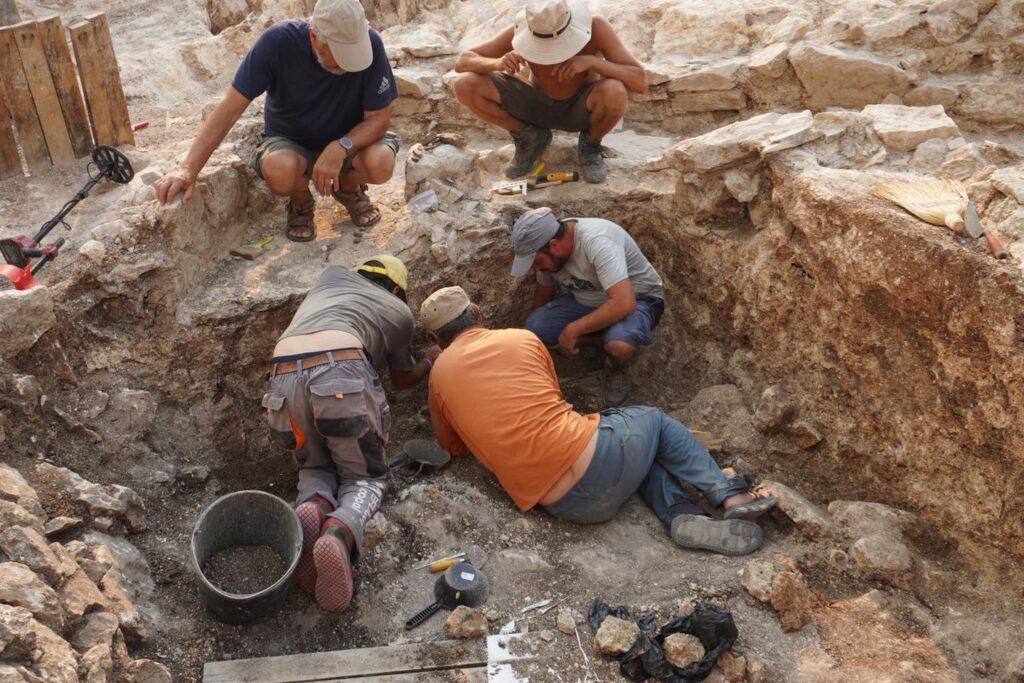
The excavation team includes archaeology students from Sofia University “St. Kliment Ohridski,” offering them a unique opportunity for field training and contributing to the growing interest in Bulgaria’s ancient past.
With excavations ongoing, archaeologists are hopeful that further analysis and discoveries in the area will deepen understanding of Thracian burial customs, social hierarchies, and their interactions with the expanding Roman world.
Община Тополовград – Topolovgrad Municipality
Cover Image Credit: Община Тополовград – Topolovgrad Municipality

